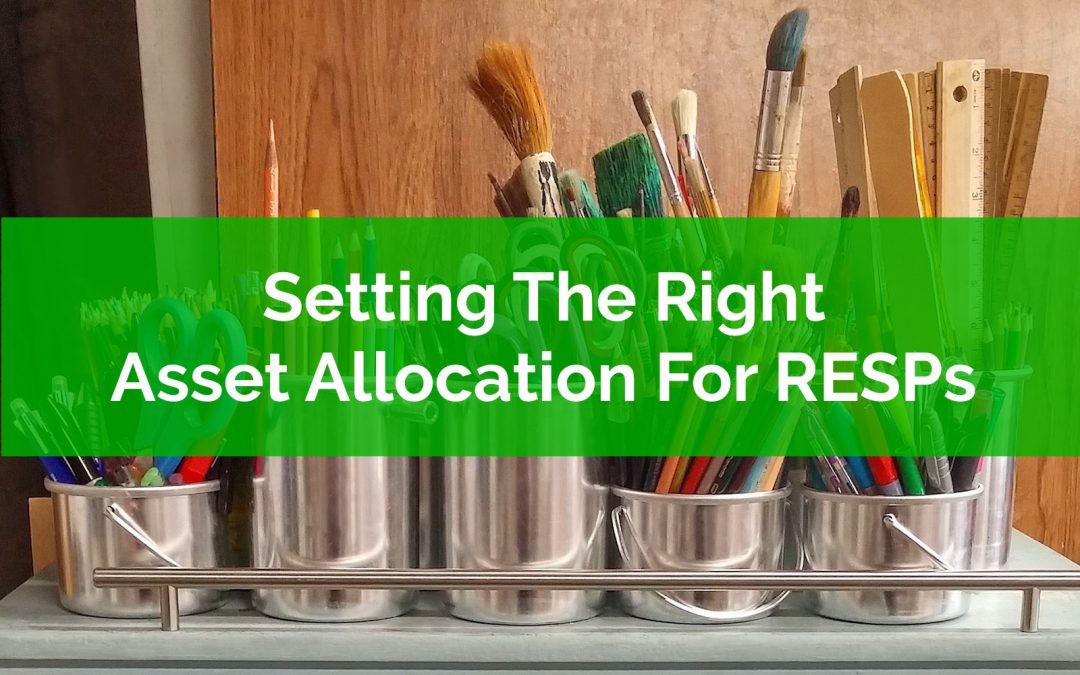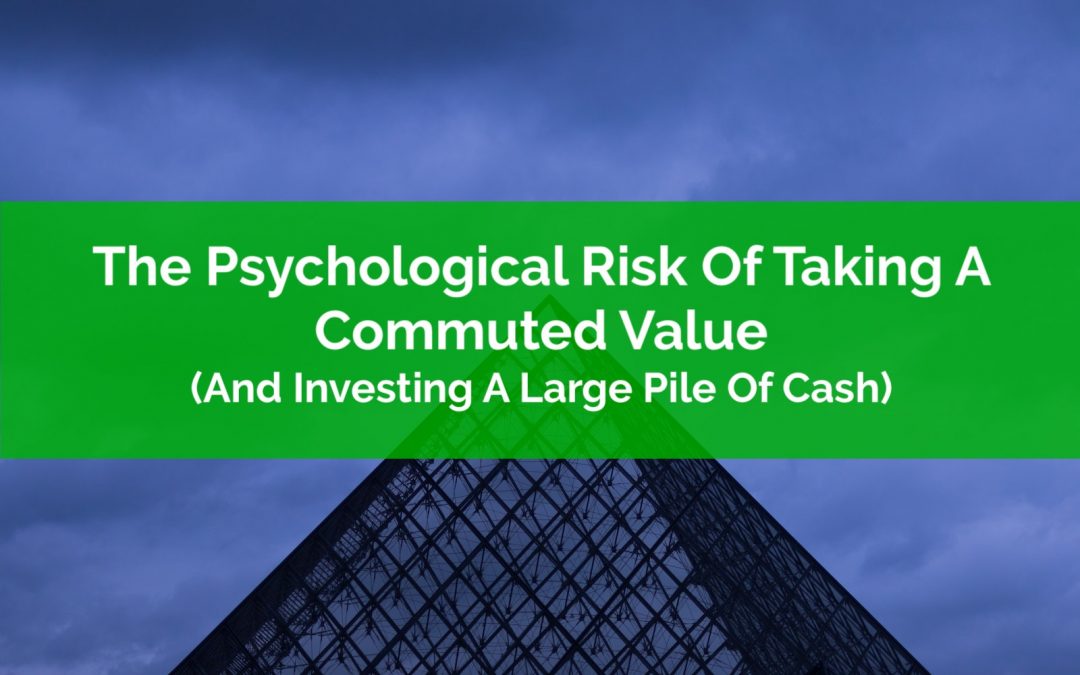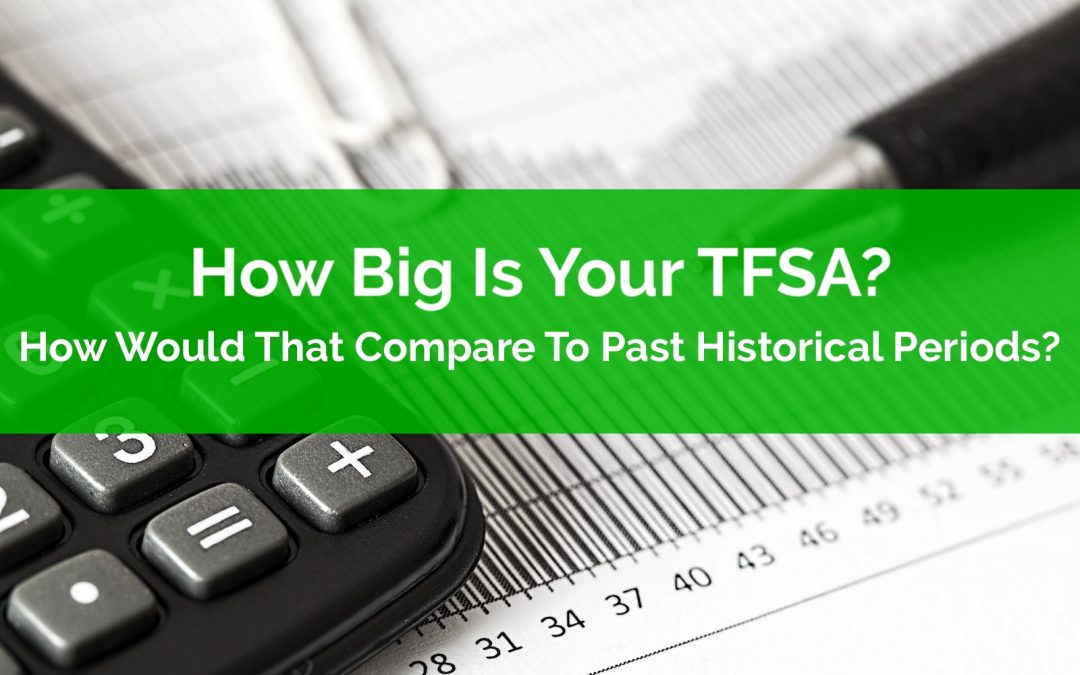
by Owen | Apr 19, 2021 | Behavioral Finance, Buying A Home, Financial Planning
Credit reporting has turned into a multi-billion-dollar business but getting your credit report doesn’t have to be expensive, in fact, you can get a free credit report mailed to you once per year and all it takes is just 5-minutes.
A credit report represents all your recent credit history, mortgages, credit cards, vehicle loans, lines of credit, and even some bill payments. It’s often referred to as a “consumer disclosure” or “credit file disclosure” but most people call it a credit report.
Every piece of debt you’ve recently owned (even if paid off or closed) should be represented on your credit report. It will also capture your current and past addresses, phone numbers, even employers.
In today’s world your credit report is very important. It directly impacts your ability to qualify for new debt. Plus, it often gets pull as part of a thorough background check. It can also help identify fraud and identity theft early on, limiting the damage.
Your credit report is so important that it’s a good idea to check and review it on a regular basis.

by Owen | Apr 5, 2021 | Financial Goals, Financial Planning, Retirement Planning
What is advice-only financial planning exactly? What does advice-only financial planning entail?
Also known as fee-for-service financial planning, advice-only financial planning involves no products, no commissions, just advice.
With traditional forms of financial advice, there is always the nagging doubt about whether the advice is truly unbiased or if is it just to sell a product and receive a commission? There is always that lingering question, is this advice really in your best interest or is it in the best interest of the advisor?
Advice-only financial planning eliminates this conflict of interest. An advice-only financial planner is compensated directly by the client and only the client. There are no products, no commissions, just pure advice.
An advice-only financial planner works for the client to provide the best advice possible and good financial advice can be extremely helpful. It can reduce stress, provide peace of mind, capture unseen opportunities, avoid unnecessary risks etc. etc.
There are many different ways to receive financial advice, but one of the most unbiased and trustworthy is advice-only financial planning.
Let’s go deeper into exactly what advice-only financial planning is and why, in today’s world of low-cost self-directed investing, it makes more sense than ever to get an advice-only financial plan…

by Owen | Mar 28, 2021 | Investment Planning, RESP/Kids Education
One of the hardest things about RESPs is choosing the right investment and managing the allocation between stocks and bonds. There are so many RESP investment options and it becomes especially challenging when families have more than one child. When families have a few children, who are perhaps a few years apart in age, it becomes very challenging to set the right asset allocation for the investments inside the family RESP.
Why is it important to set the right asset allocation?
Asset allocation is a large driver of risk. The more equity assets in a portfolio, and the less fixed income assets, the more risk. There is always risk when investing, whether that be in stocks or bonds, but stocks have always had a “risk premium”. That means they have a higher risk but also a higher return.
When managing asset allocation in an RESP we need to be very careful because were typically investing over a few different time horizons.
A 16-year old high school student is going to have a very different asset allocation in their RESP than a 4-year old pre-schooler. We want to make sure the 16-year old has money for post-secondary in two years and isn’t going to lose half of their education fund during a downturn. On the other hand, our pre-schooler has loads of time, so we can take on a bit more risk and hopefully grow their education savings over the next 14+ years.
It’s these different investment horizons that make investing inside an RESP especially challenging (even more so for self-directed RESPs where the individual investor is making all the decisions).
Typical investment horizons for RESPs include…

by Owen | Mar 15, 2021 | Buying A Home, Financial Planning, Government Programs, Investment Planning, Saving Money
The global pandemic has impacted all of us differently, our personal finances have gone through many changes and some have “weathered the storm” better than others.
FP Canada, the board that governs the Certified Financial Planner (CFP) designation in Canada, recently came out with a survey called “The Tale Of Two Pandemics” and it highlights both the positive and the negative impact that the pandemic has had on our personal finances (more details on the survey results at the end of this post).
There are some troubling stats within the survey, for example 14% of those in Ontario have been forced out of the labor market, 21% have seen an increase in expenses, and 14% have seen a reduction in work hours/income.
But the survey also highlights the opposite side of the pandemic, many people have not experienced a job loss, or a reduction in income, or an increase in expenses over the course of the pandemic.
In fact, looking at the statistics, it looks like there is a large group of people that have not been affected by the pandemic at all, and another group of people who have actually benefited financially from the pandemic.
This is consistent with the conversations we’re having with clients.
For those who have been fortunate enough to remain gainfully employed, for those who own a home or recently purchased a home, for those with a mortgage or other debt like student loans or HELOCs, and for those who are investing on a regular basis, the pandemic has actually improved their personal finances in a number of ways.
The pandemic has impacted us all differently, but for many people there have been one, two, three or more positive changes that may have actually improved their personal finances. As it turns out, this is especially true for those who had a financial plan already in place.
Here are some ways that a person’s personal finances may have improved during the pandemic…

by Owen | Mar 8, 2021 | Behavioral Finance, Investment Planning, Retirement Planning
When leaving an employer, or when transitioning into retirement, those with a defined benefit pension will have a difficult decision to make… take a lifetime pension? Or take a commuted value?
A commuted value is essentially the current value of those lifetime pension payments in one large lump sum. The commuted value is an amount that is determined to be equal to the lifetime of payments that a pension would provide. It’s calculated by the pension actuaries and can easily be several $100,000 or even $1,000,000+
With interest rates at historical lows, the commuted value of a pension can easily be $1,000,000+ for those at retirement age. Low interest rates will push up the size of a commuted value, which is partially driven by an assumed rate of return, and right now interest rates are at historical lows.
This creates a very large psychological problem; how do you invest all that cash?
In particular, when do you invest it? Do you invest it all at once as a large lump sum? Or do you invest it in smaller increments over a period of time?
If invested all at once, that commuted value could drop dramatically if markets experience a correction in the near future.
If invested later, that commuted value could miss out on a large increase in value during a period of growth.
The indecision around how to invest a large amount of cash can cost tens of thousands of missed investment gains, or it can cost hours of lost sleep and feelings of stress. It’s not something to be taken lightly.
Investing a large lump sum is a daunting experience even for the most seasoned investor.

by Owen | Jan 4, 2021 | Behavioral Finance, Financial Goals, Investment Planning
As of January 1st, everyone in Canada over the age of 18 has the chance to add another $6,000 to their TFSA. If you were 18 or older in 2009 your total original contribution room would be $75,500.
But that’s just contribution room, what about investment growth?
With investment growth where would a TFSA be? How much would it be worth? And how would that compare to other historical periods?
Let me preface this post by saying I don’t like to compare personal finances. Everyone’s path is different and it’s impossible to compare apples to apples. Even in the same financial situation everyone values money differently and therefore two people with the exact same income, assets, debts etc will have very different financial plans, part of the reason why financial planning is so important, and also so interesting.
That being said, in this post we’re going to compare hypothetical TFSA balances of today with those of the past. We’ve had a great “bull run” over the last 10+ years but what would it look like if we had different set of returns? What if we looked at the best periods and the worst periods in recent history to compare how the last 10+ years stacked up?
The TFSA has been around since 2009. Each year, once you reach age 18, you accumulate TFSA contribution room. In 2021, someone who was 18 or older in 2009 would have $75,500 in original contribution room. But with investment growth where would the actual balance be?
What do you think the top 5 and bottom 5 historical periods would be? And how do you think they’d compare with the last 10+ years?
Page 14 of 27«...1213141516...»






